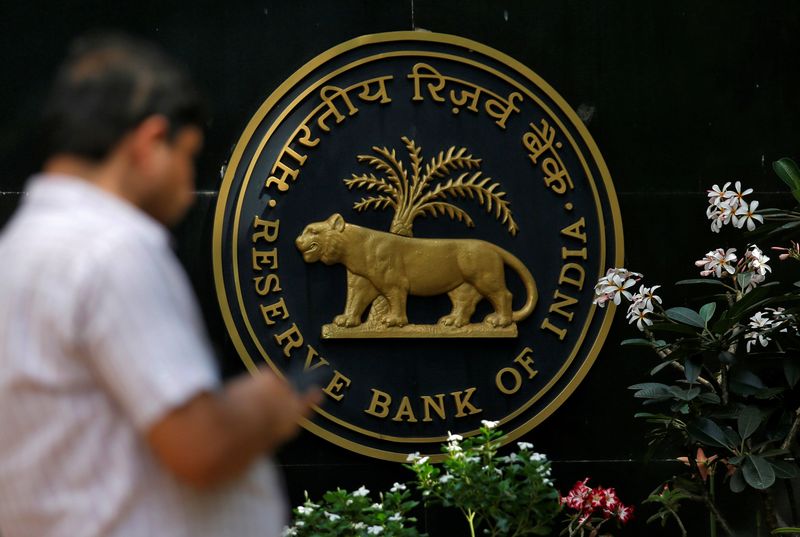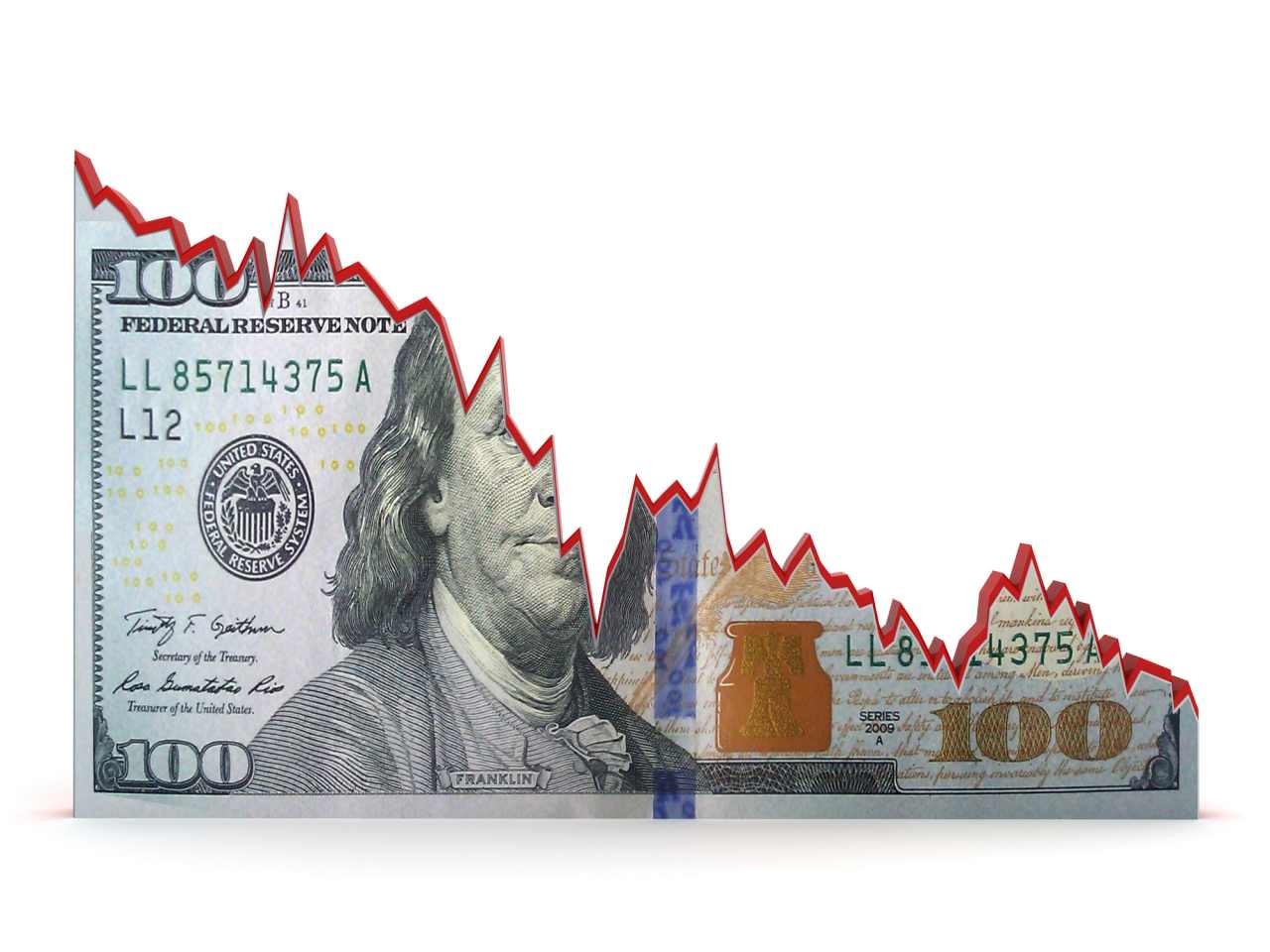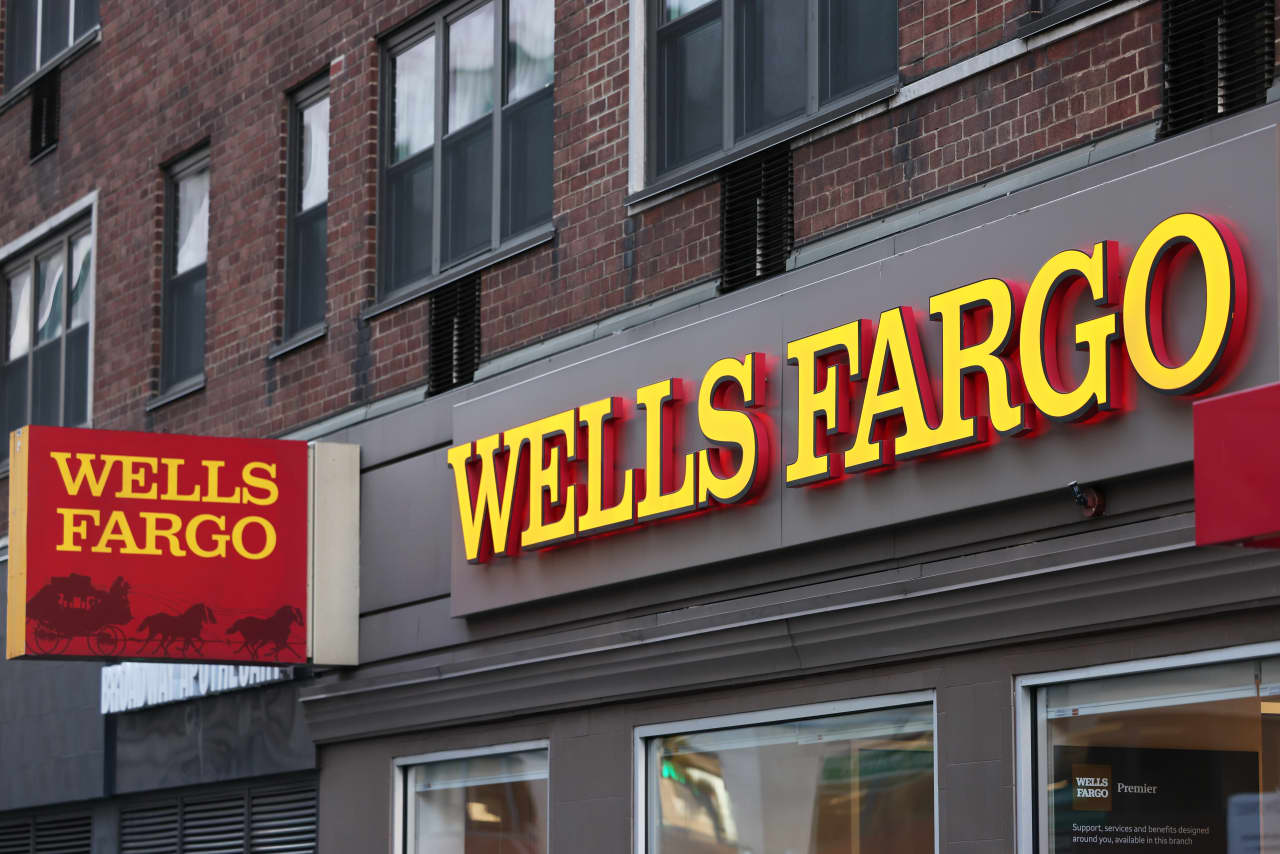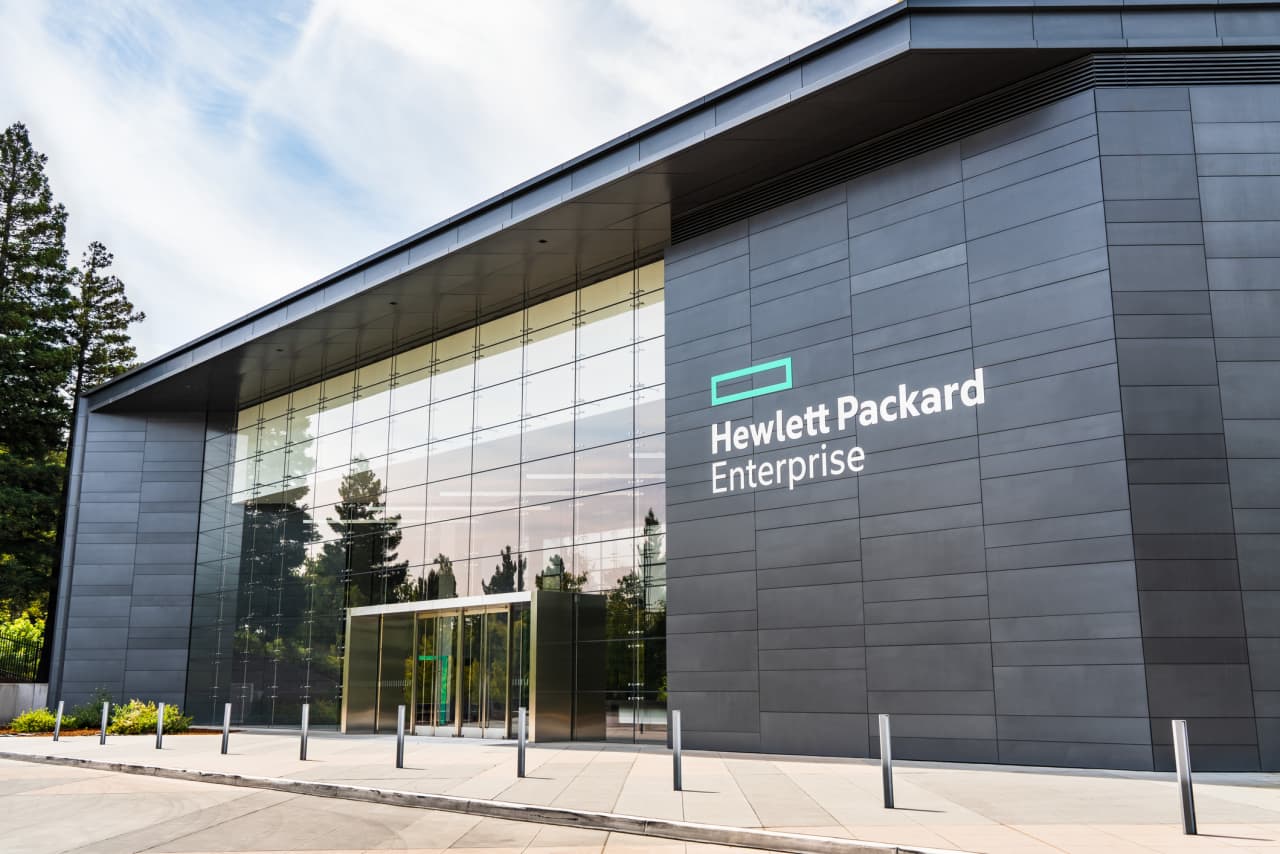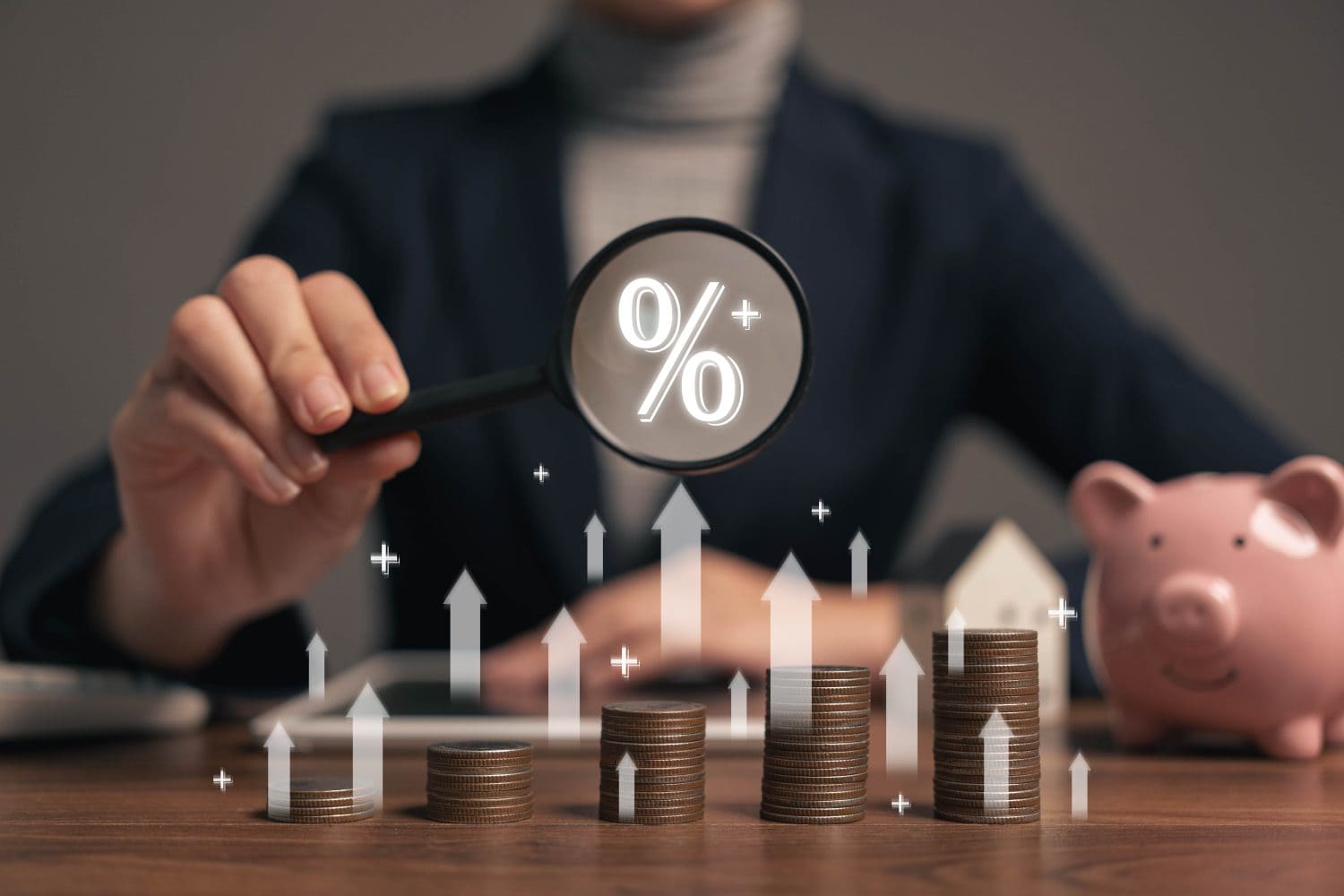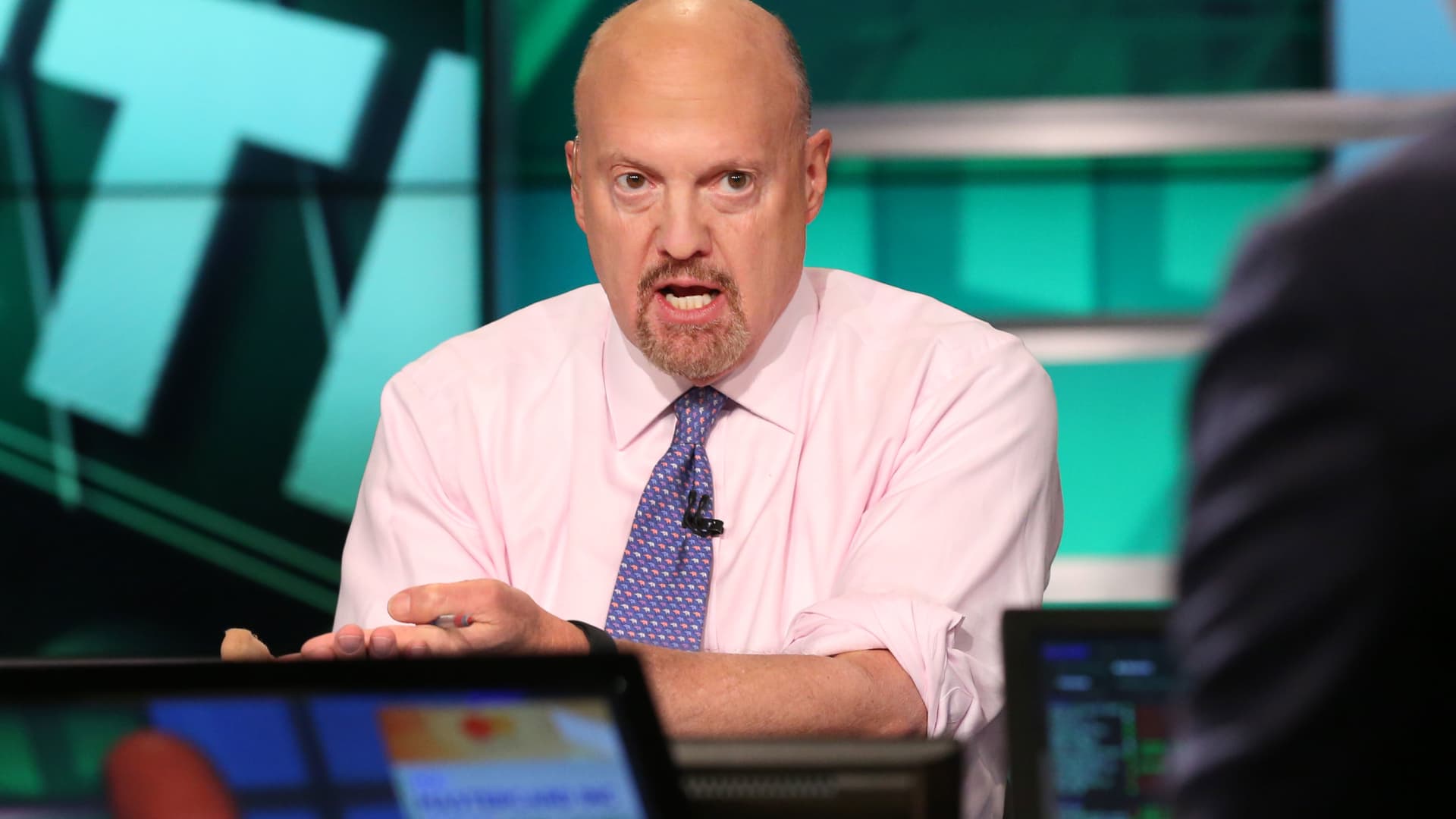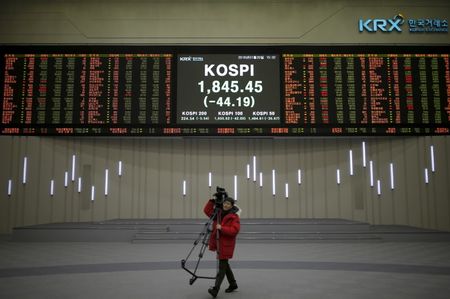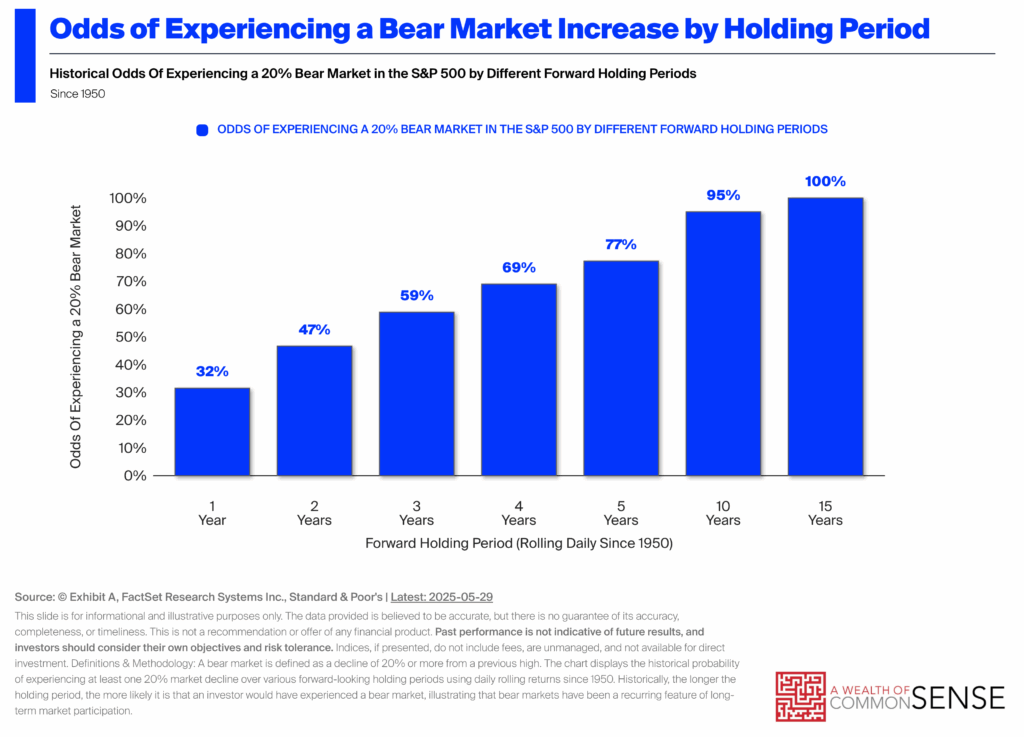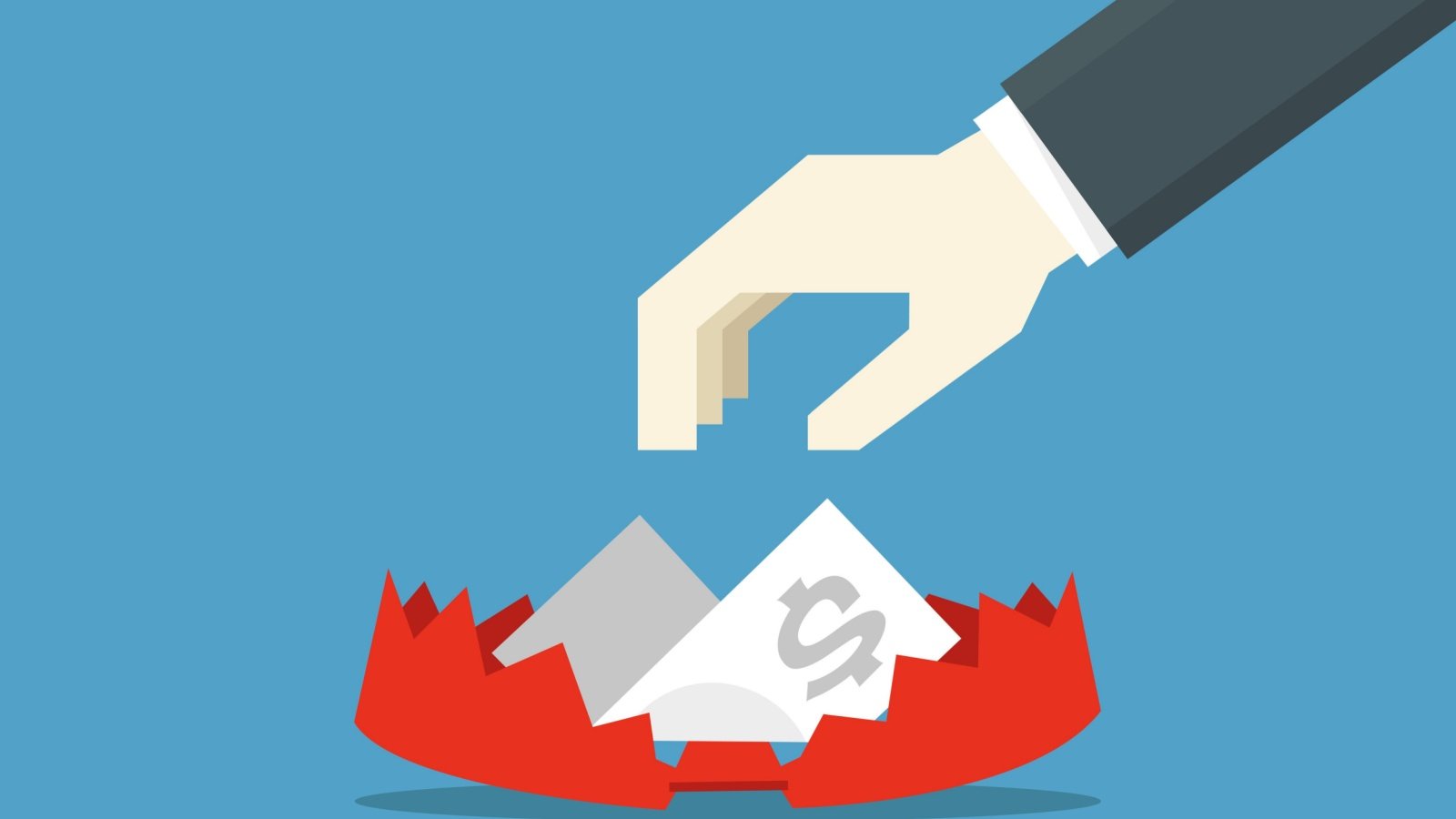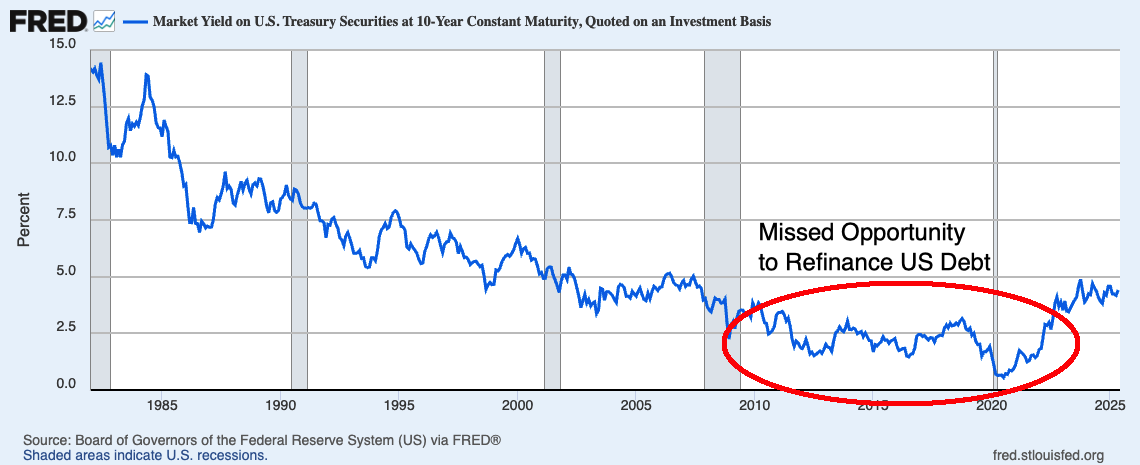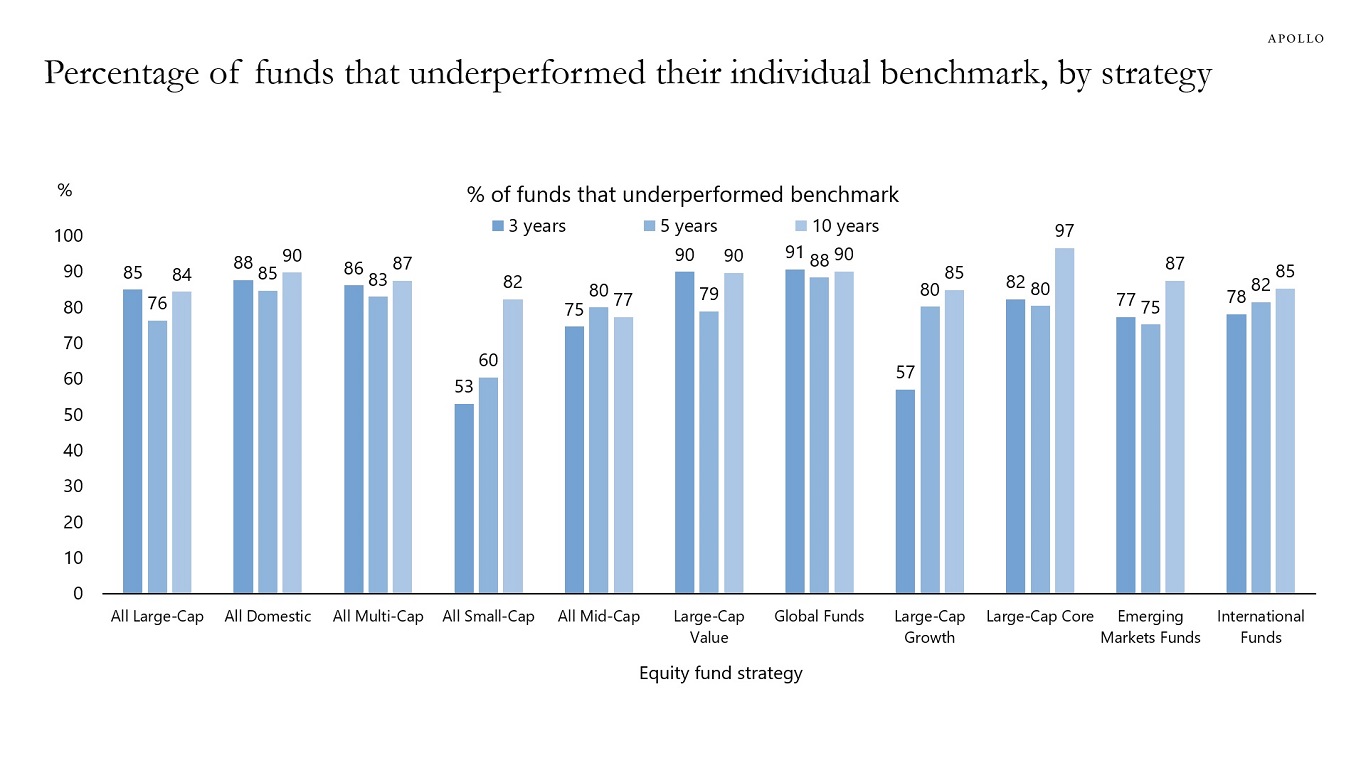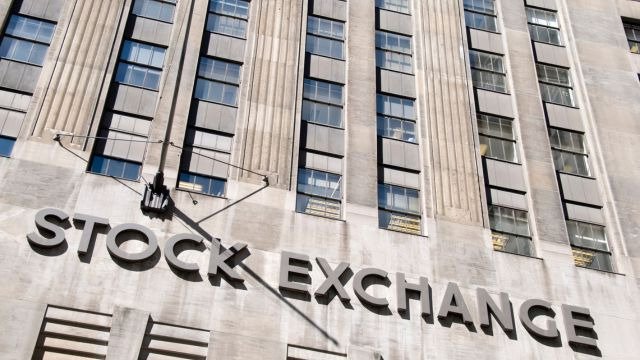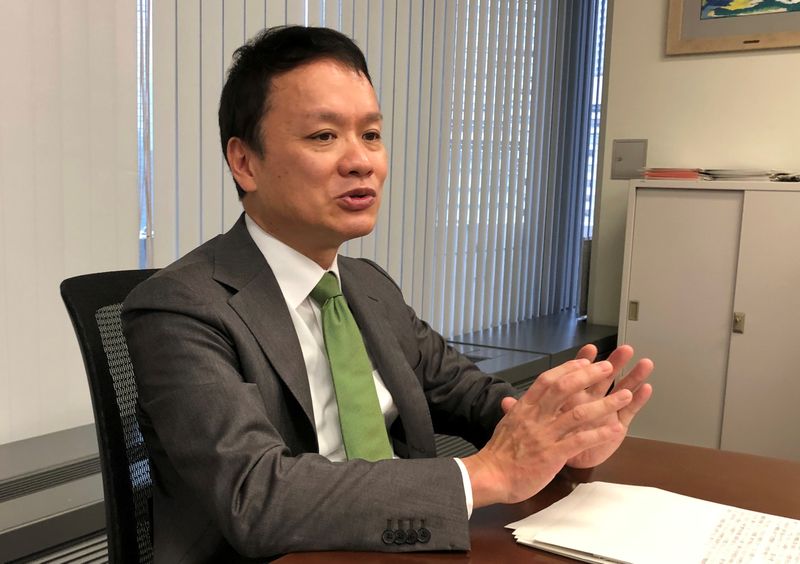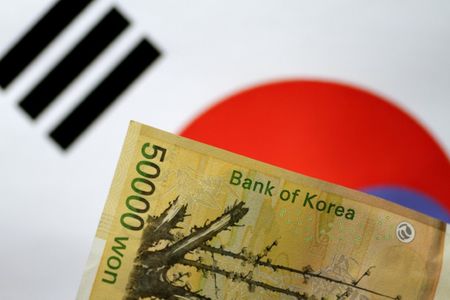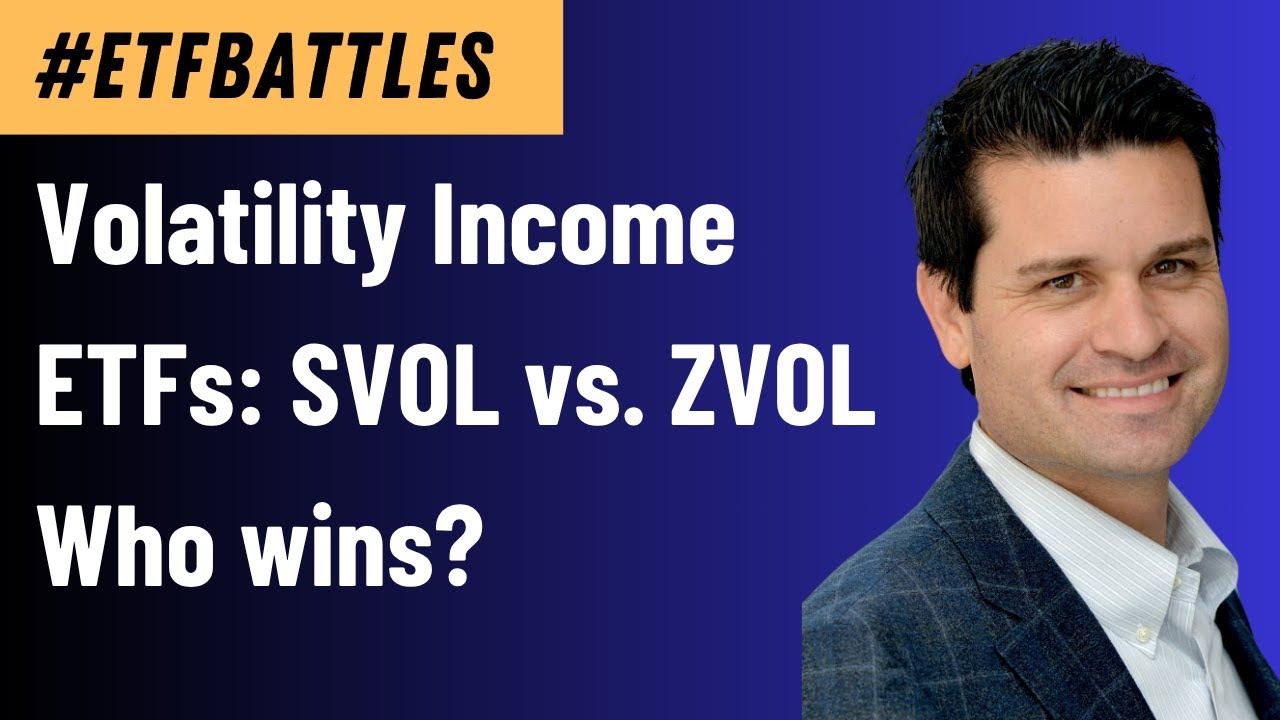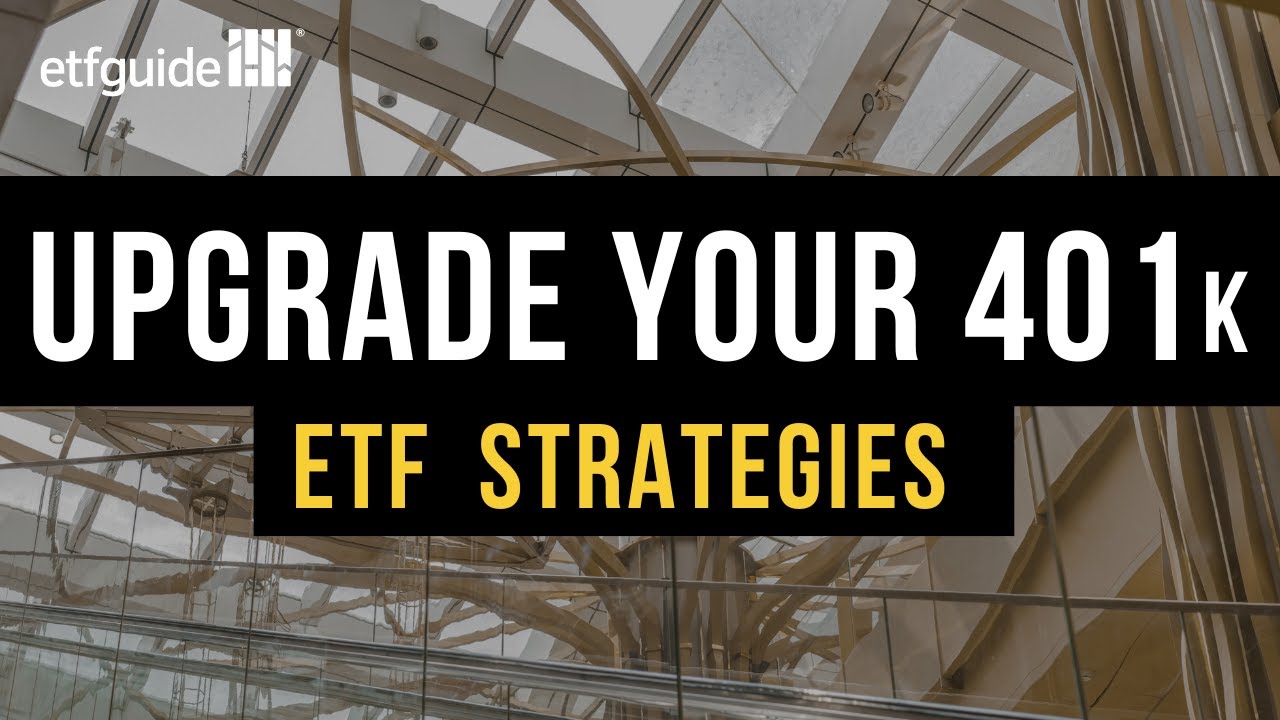Why I Question Going All In on Dividend Stocks – Seeking Clarity on the Risks
It certainly does seem quite prudent to fund a retirement or semi-retirement via dividends. Whenever you have the opportunity to spend just the dividends or interest without having to touch that invested principal, you can put those fears of running out of money amid retirement to rest. Of course, chasing yield with value traps destined […] The post Why I Question Going All In on Dividend Stocks – Seeking Clarity on the Risks appeared first on 24/7 Wall St..

It certainly does seem quite prudent to fund a retirement or semi-retirement via dividends. Whenever you have the opportunity to spend just the dividends or interest without having to touch that invested principal, you can put those fears of running out of money amid retirement to rest.
Of course, chasing yield with value traps destined for a dividend cut could reignite such fears at some point down the road. That’s why those looking to go heavy on the dividend strategy ought to play it cautiously, rather than raising the bar on yield, a move that could lead to a double-hit to the chin (dividend cut plus a plunge that tends to follow the news).
In this piece, we’ll check in with a Reddit user who’s ready and willing to go “all-in” on dividend stocks. They’re also wondering why such a high dividend strategy gets a bad rep from certain folks in the r/dividends community. Just as higher growth accompanies higher risk, higher yields also tend to come at the cost of a more elevated risk profile.
For dividend investors, though, it’s not just about capital downside risks, but the dividend may also be on the line. That’s why a careful evaluation of the balance sheet, cash flows, and the road ahead is so vital for those who perceive value in the higher-yielding side of the market waters.
In this piece, we’ll examine some of the more overlooked risks that dividend investors should be mindful of, especially at a time like this, when Trump tariffs threaten to weigh heavily on earnings and the magnitude of dividend growth. In the face of such uncertainty, better fundamentals beat higher yields, at least in my view.
Key Points
-
Relying on just dividends could lead to dragging returns over the long haul, especially for yield-heavy portfolios that are taking on too much risk.
-
Chasing yield can be as exciting and dangerous as chasing high-flying momentum stocks.
-
Putting in the homework and analyzing the financials is key before buying any dividend stock.
-
Are you ahead, or behind on retirement? SmartAsset’s free tool can match you with a financial advisor in minutes to help you answer that today. Each advisor has been carefully vetted, and must act in your best interests. Don’t waste another minute; get started by clicking here.(Sponsor)
The “siren song” of high yields can lead many dividend investors toward dividend traps.
Why settle for a 4%-yielding dividend stock when you could go for that 6% one? And why even stop at 6% when there’s a perfectly good (and cheap-looking) 8%-yielder? With some covered call ETFs offering 10% or more, why not just plow a majority of one’s portfolio into such an investment vehicle? After all, ETFs tend to be well-diversified, by nature, right?
Indeed, chasing yield can get pretty addicting, especially if you’re a dividend-only kind of investor who couldn’t care less about growth trades with yields south of 2%. And while a 5%-yielder (which is rich, but still not all that risky in today’s environment) may act as a “gateway drug” to some income investors as they ponder how they can give themselves a raise without having to invest more cash so that they can retire a bit ahead of schedule or enjoy a higher standard of living, I do think that a deeper understanding of the risks associated with ultra-high-yields could help save investors from being led astray.
Indeed, the help of a financial advisor could prove invaluable for self-guided income investors looking to stock-pick their way to higher yields.
Mildly higher yields (think ~6%) don’t necessarily mean trouble ahead.
While I’m not against going for a name like Verizon (NYSE:VZ), which yields 6.3%, and has been making progress in recent years amid its strategic turnaround, I do think that even a name with a safe, secure dividend may cause some investors to achieve less-than-ideal results compared to going with a more growth-oriented investment strategy that one can draw down 4% from annually (look up the 4% rule).
Of course, a stock’s rearview means nothing while the road ahead means everything. But without a careful evaluation of the path forward, those chasing yield alone could be in for subpar performance, even if the dividend stays intact and grows at a solid pace each year. In prior pieces, I highlighted the importance of going by total returns rather than overemphasizing yield and underemphasizing capital appreciation.
In any case, it’s understandable that it feels nice not to have to worry about what to buy, sell, or trim if a correction were to happen and you need to draw down cash to support your living expenses. With dividends flowing in, a correction doesn’t really have the same worrisome effect. In any case, the luxury of living off passive income from investments could come at the cost of total returns. And for those who do fall into the trap of chasing fundamentally unsound high-yielding stocks that have a high risk of slashing the payout, one’s returns may very well drag over the long haul.
In short, I’m not opposed to dividend investing, but I’m against chasing yield and overlooking the risks inherent in such securities.
The post Why I Question Going All In on Dividend Stocks – Seeking Clarity on the Risks appeared first on 24/7 Wall St..







